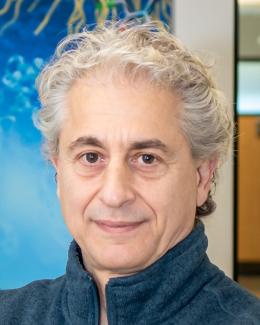Abstract
Spontaneously forming structures of a system composed of dimyristoyl phosphatidylcholine (DMPC) and 3-[(3-cholamidopropyl)dimethylammonio]-2-hydroxy-1-propanesulfonate (CHAPSO) were studied by small-angle neutron scattering (SANS), 31P NMR, and stimulated echo (STE) pulsed field gradient (PFG) 1H NMR diffusion measurements. Charged lipid dimyristoyl phosphatidylglycerol (DMPG) was used to induce different surface charge densities. The structures adopted were investigated as a function of temperature and lipid concentration for samples with a constant molar ratio of long-chain to short-chain lipids (=3). In the absence of DMPG, zwitterionic bicellar mixtures exhibited a phase transition from discoidal bicelles, or ribbons, to multilamellar vesicles either upon dilution or with increased temperature. CHAPSO-containing mixtures showed a higher thermal stability in morphology than DHPC-containing mixtures at the corresponding lipid concentrations. In the presence of DMPG, discoidal bicelles (or ribbons) were also found at low temperature and lower lipid concentration mixtures. At high temperature, perforated lamellae were observed in high concentration mixtures (≥7.5 wt %) whereas uniform unilamellar vesicles and bicelles formed in low-concentration mixtures (≤2.5 wt %), respectively, when the mixtures were moderately and highly charged. From the results, spontaneous structural diagrams of the zwitterionic and charged systems were constructed.


